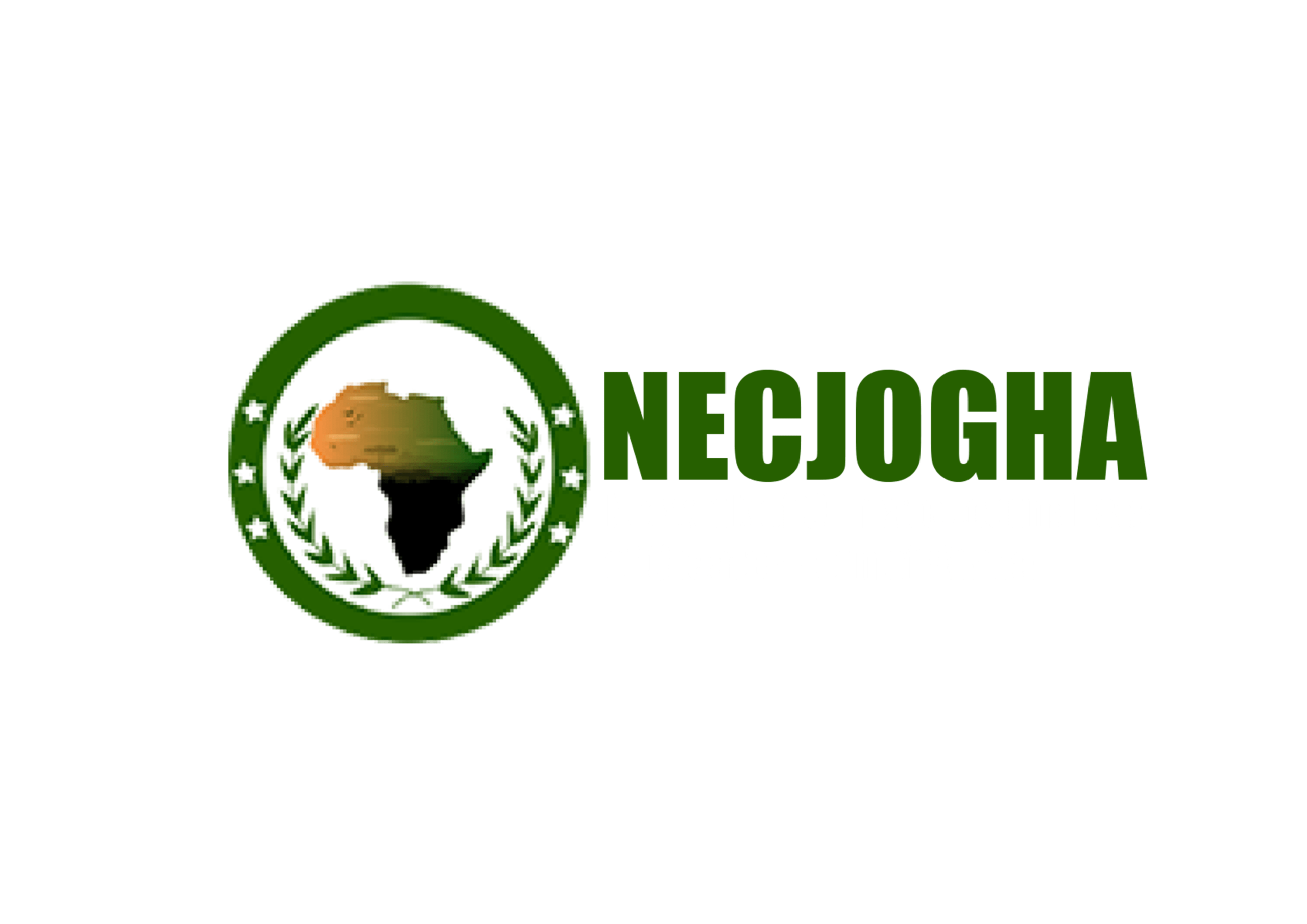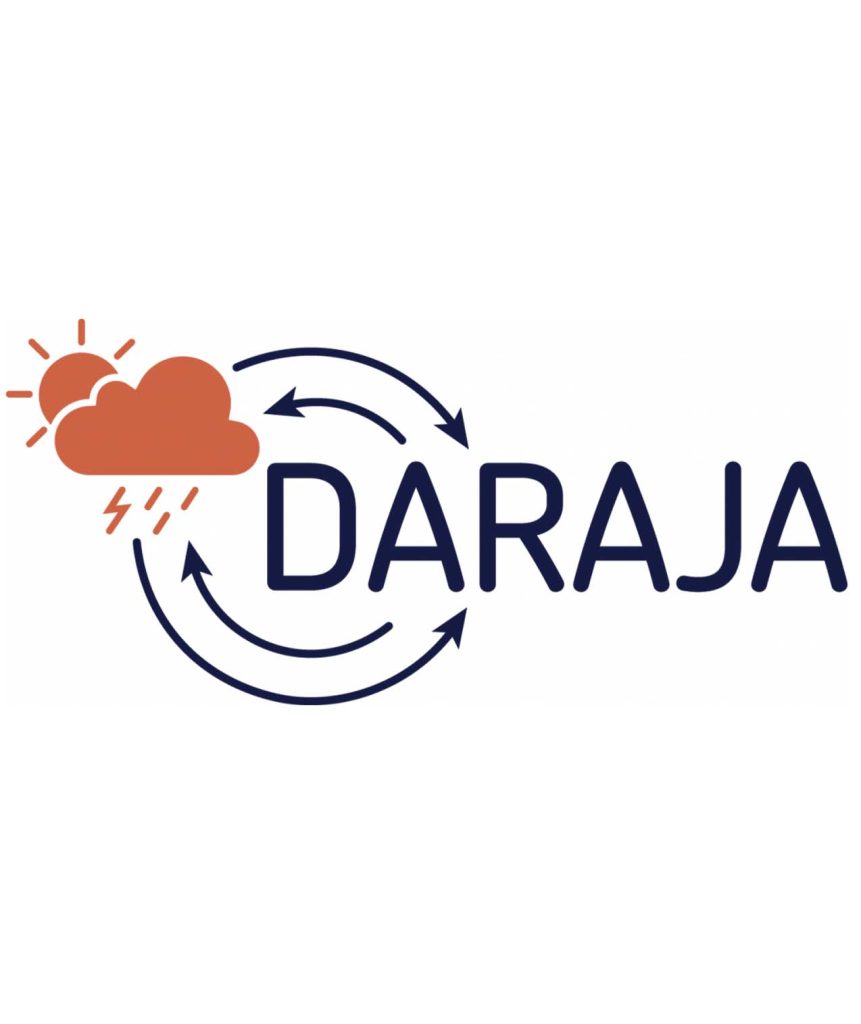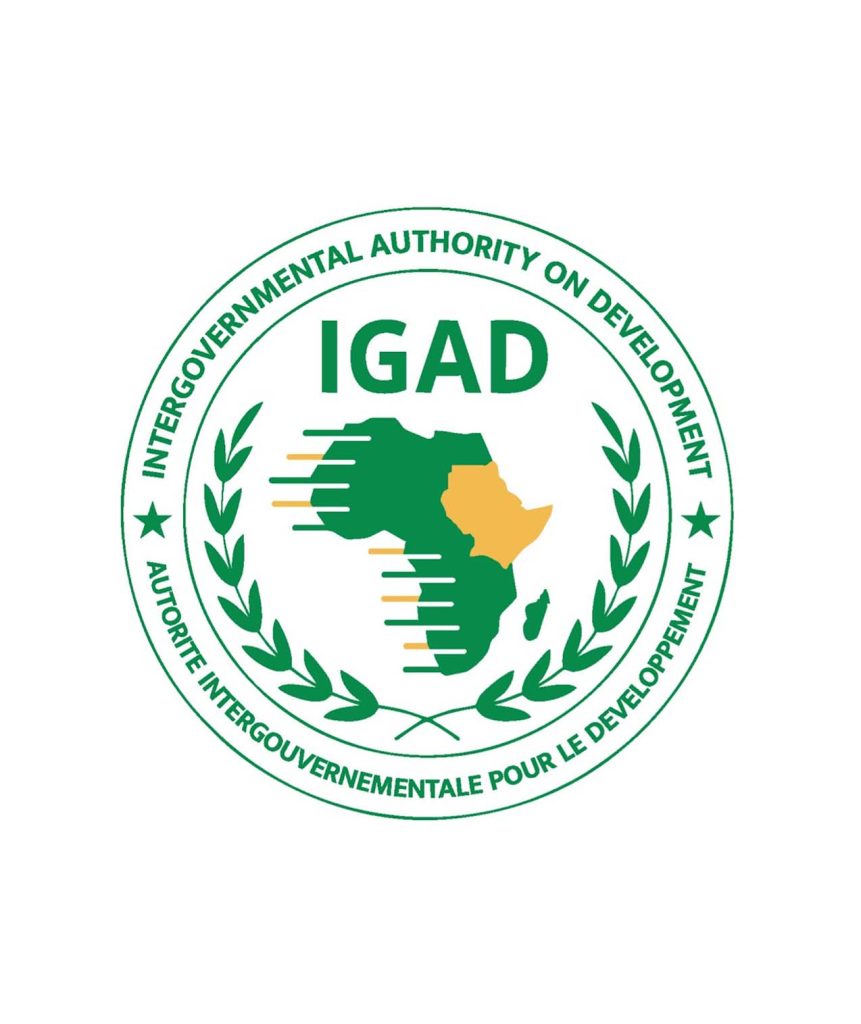By Wambui Mbuthia, Nation Media Group
What you need to know:
- Climate change is amplifying Africa’s disease burden in both predictable and surprising ways
- Malnutrition makes children more vulnerable to disease, compromises their physical and cognitive development, and locks communities into cycles of poverty and ill health
- According to the World Health Organization, less than 30 per cent of sub-Saharan Africa’s health centres have reliable electricity, clean water, and basic infection control infrastructure, leaving them highly vulnerable to climate shocks.
From malaria surges to rising cases of malnutrition and heat-related illnesses, Africa’s health systems are straining under the weight of compounding climate and public health crises, yet remain underprepared and dangerously exposed.
The connection between climate and health is not new, but the urgency has grown. Climate change is amplifying Africa’s disease burden in both predictable and surprising ways. Changing rainfall patterns and warmer temperatures are expanding the geographic range of vector-borne diseases.
In Kenya, recent studies show that malaria transmission is reaching higher altitudes, areas previously considered too cool for mosquitoes to thrive. Similar trends are unfolding in countries like Rwanda and Ethiopia, where public health officials are scrambling to adjust surveillance and response systems to these new realities.
Similarly, prolonged droughts, particularly in the Horn of Africa, are driving up rates of child malnutrition. Somalia has faced five failed rainy seasons in a row and recorded some of the worst acute malnutrition levels in a decade, according to the World Food Programme. Malnutrition makes children more vulnerable to disease, compromises their physical and cognitive development, and locks communities into cycles of poverty and ill health.
Heat is another slow-burning threat. Across the continent’s urban areas, heatwaves are intensifying, yet few clinics are equipped to deal with heat stress or dehydration-related complications. In these spaces, slum dwellers suffer disproportionately from heat exposure, lacking cooling spaces or a consistent water supply. Extreme heat also affects pregnant women, the elderly, and people with chronic illnesses more severely, groups already vulnerable within overburdened health systems.
The climate-health nexus extends to respiratory illnesses, too. Cities choke with worsening air quality through increased wildfires, dust storms, and longer dry seasons. Children there are growing up breathing air far above WHO safety thresholds, contributing to rising rates of respiratory problems. These conditions pressure primary healthcare systems that often lack specialised personnel and diagnostic equipment.
Healthcare facilities themselves are far from resilient. According to the World Health Organization, less than 30 per cent of sub-Saharan Africa’s health centres have reliable electricity, clean water, and basic infection control infrastructure, leaving them highly vulnerable to climate shocks. Floods can cut off access, damage equipment, and contaminate water supplies, while power outages can jeopardise cold-chain vaccine storage and emergency procedures.
Despite these compounding threats, national climate adaptation plans often overlook Africa’s health systems. A 2023 Global Climate and Health Alliance review found that fewer than half of African countries had integrated health priorities into their Nationally Determined Contributions (NDCs). This gap risks leaving the continent’s frontline responders unprepared for climate disruptions that are certain to worsen.
Yet there are signs of progress. Some African countries are beginning to integrate climate risk assessments into health system planning. In Ghana, the Ministry of Health has partnered with local universities and the Red Cross to map climate-sensitive disease hotspots and guide resource allocation. Rwanda is piloting solar-powered health posts in remote regions to improve energy access and service delivery during extreme weather.
Meanwhile, the African Union’s 2022–2030 Health Strategy calls for stronger integration between environmental and health policy, and WHO-AFRO is rolling out climate-resilient health systems guidance across multiple countries. These efforts aim to strengthen disease surveillance, upgrade infrastructure, and train health workers to respond to climate-linked risks.
But funding remains a major barrier. The African Development Bank notes that less than 1 per cent of global climate finance currently goes to health-related adaptation, with African nations receiving a mere fraction. Africa’s nations will require more finances to treat climate change as an environmental issue and a public health emergency. Ministries of Health must become central players in climate policy and receive the resources and political backing to lead preparedness and response efforts.
Prevention is also critical. Expanding early warning systems, promoting urban greening to reduce heat stress, and investing in clean energy for clinics are cost-effective strategies that build climate and health resilience. Strengthening water, sanitation, and hygiene (WASH) infrastructure, especially in informal and rural settlements, can prevent the spread of waterborne diseases that often spike after floods and droughts.
Like climate change, disease does not respect borders. Cross-border data sharing, joint training of health workers, and regional stockpiles of medical supplies can help countries respond faster and more effectively to shared risks. Platforms such as the Africa Centres for Disease Control and Prevention (Africa CDC) can help coordinate and scale up climate-health interventions across the continent.
Africa’s health systems are on the frontlines of a crisis they did not cause. They are where climate-induced suffering manifests most acutely, in the malnourished child, the overwhelmed clinic, the mother giving birth during a blackout. If these systems collapse under the pressure, the human toll will be catastrophic. But if strengthened, they can become powerful pillars of health resilience and for the continent’s broader climate response.









